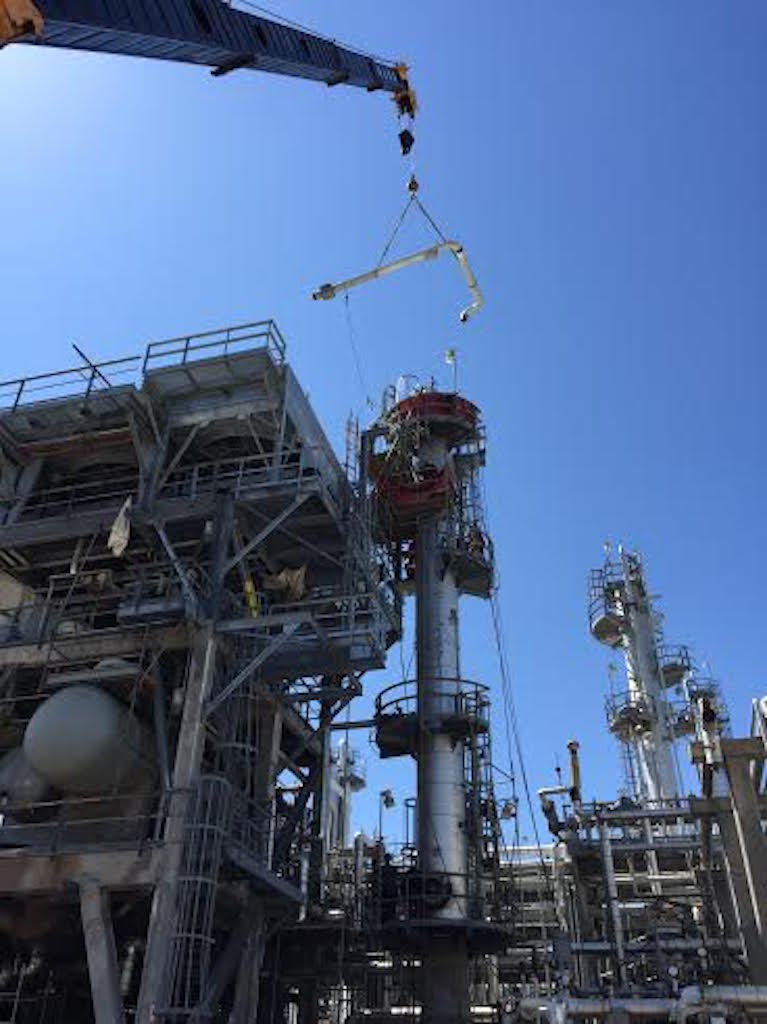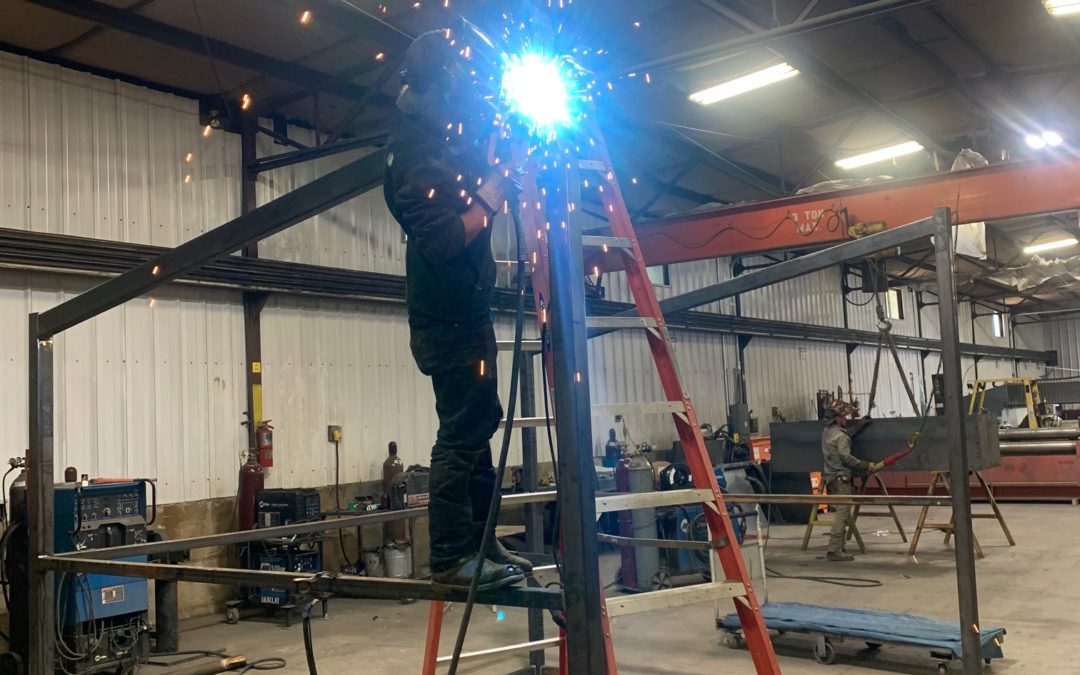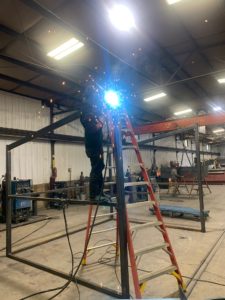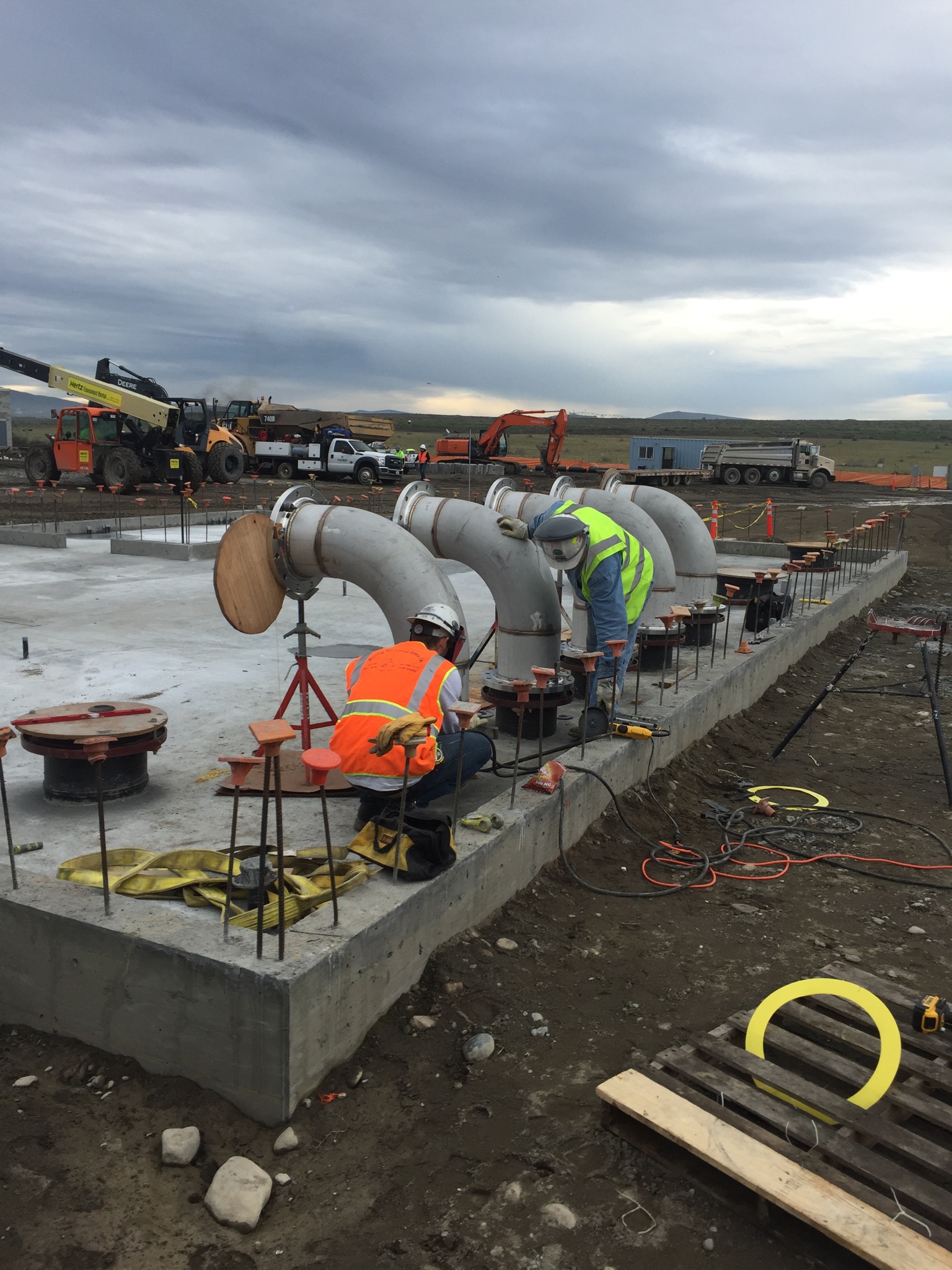The 8 Specific Skills Taught in a Welding Program to Become a Certified Welder
So, you are considering a career in welding? But you want to make sure you know what you are getting yourself into? Below are the eight specific skill sets taught in welding programs that you will need to know in order to become a certified welder.
(We want to quickly mention, that although the most common way to receive your certificate in welding is to attend a college’s welding program, there is an alternative option. That would be to join a company as a laborer and be mentored by a welder for one to two years until you can become a certified welder. We address this in our article “4 Basic Steps to Becoming a Welder” if you want to check that out.)
The eight specific skills taught in a welding program –
-
-
Safety/Leadership
One of the biggest challenges in the welding industry is the opportunity for accidents to happen. After all, you are working with temperatures around 10,000 degrees Fahrenheit, and sometimes in confined spaces or suspended from an anchor suspension system. So, in order to keep you safe in this industry, safety will be taught in your welding program, and then every single day of your life while on the job. Yes, we take it seriously.
-
Leadership is a vital skill you need to have if you want to excel your career into a six-figure salary someday. The moment you get comfortable in your welding abilities as a junior welder, you have the opportunity to start managing other welders as a junior foreman. Now that you are a junior foreman, you are on track to progress in leadership. (See our article, “How to Reach a 6-Figure Salary in a Welding Career by the Time You are 30”). This is why leadership is taught in a welding program.
-
-
Interpreting Blueprints/Mechanical Drawings
Your customer will give you instructions for a job in the form of a blueprint. Your welding program will help you understand how to decipher all welding symbols, valve symbols, pipe symbols, i-beam symbols, etc.
-
You must also be able to interpret mechanical drawings. Mechanical drawings are the technical specifications for mechanical work. They can include an array of instructions on plumbing, heating, sheet metal, etc. Your welding program will help you understand what the symbols mean on the mechanical drawing and which part of the job pertains to you as a welder.
-
-
Shop Math
Just as mentioned in our post, “4 Basic Steps to Becoming a Welder,” math is an integral part of being a welder. You are constantly measuring things in 16ths or even 32nds and doing the math between various factions like 7/16 + 7/8. (Math) You also need to know how to figure out what the lengths of all three sides of a triangle are when only two lengths are known. (Algebra). Or, how to figure out the degree of an angle based on the lengths of the three sides. (Trigonometry). And you must have the indispensable math abilities of merely understanding how to read a tape measure. These are all math skills you will learn in your welding program.
-
-
-
Welding Theory
This class teaches students the vernacular of welding. It also teaches which gases, electrodes, and consumables are needed for every type of metal. And lastly, what combination of heat and pressure each welding process and material use.
-
-
-
Shielded Metal Arch Welding (SMAW)
SMAW welding (informally known as stick welding), is considered the most common type of welding and will be the first form of arch welding you will learn in your welding program. SMAW welding is where you take a welder that sends a direct or alternating current through it. At the tip of the welder is a clamp that holds a consumable electrode that is covered with flux. Flux is just a protective coating over the electrode that releases carbon dioxide when it is consumed. This eliminates oxygen and moisture around the weld allowing for a more perfect weld. Once the flux material is burned, its components melt. Because flux material is less dense than the density of the metal being welded, its material components rise to the top of the weld. This material sits on the top of the weld and is called slag. The slag is just scraped off when the weld has been cooled.
-
You will practice this welding process, as well as the other welding processes, for the next 3 semesters of school.
-
-
Gas Metal Arch Welding (GMAW)
GMAW is also known as MIG (metal inert gas) welding. This will probably be the second form of welding you will learn in your welding program. It is where an electric arc is formed between a wire electrode and the metals you are welding together. This exchange of electrodes heats up the workpiece metals causing them and the wire electrode to melt and fuse together. In a circle around the wire electrode is a constant flow of shielding gas (made up of CO2, or CO2 + Aragon, or CO2 + Aragon + Helium) clearing the surrounding atmosphere of contaminants. This form of welding is rarely used outdoors unless you use a flux-cored wire.
-
You will learn this form of welding in the first or second trimester of your welding program and practice it for at least two more semesters.
-
-
Flux Cored Arch Welding (FCAW)
This type of welding is very similar to GMAW because it also uses a wire electrode that is fed through the welding gun. However, instead of having a shielding gas fed through the welding gun, the wire itself is stuffed with flux. So as the wire melts, the flux releases a protective gas to enable a quality weld. You will also have to scrap off slag when the weld is complete.
-
You will learn this form of welding in the first or second trimester of your welding program as well.
-
-
Tungsten Inert Gas (TIG) Welding or Gas Tungsten Arc Welding (GTAW)
TIG welding is different from the other forms of welding because you have to use both of your hands. It uses a non-consumable tungsten electrode that is connected to your welding gun. The consumable piece is your TIG filler rod that you hold with your other hand. TIG welding has a shielding gas that flows through the welder and is typically made of pure Aragon. This way, the TIG rod doesn’t need to be enlaced with flux. TIG welding is used for achieving the highest quality of welds. It is also known for its ability to join together more tedious metals like magnesium and aluminum. This is because TIG welding is the only form of welding that allows you to keep the heat transfer separate from your metal deposition.
-
This is the most difficult form of welding, so you typically don’t learn this until the second or third trimester of your welding program. Depending on the college/welding program, you will get to practice this an additional semester or two. This will also be the form of welding you continue to learn and finesse as you start your first job as an apprentice welder.
-
-
Welding Positions
While learning the various styles of welding, you will also learn how to weld in different positions. In welding, the positions range from 1G to 6G. As well as 1F-6F. 1G means you are welding on a flat surface where you standing above the weld. 2G means you need to weld horizontally with the weld parallel to where you are standing. 3G means you are welding vertically with the weld parallel to where you are standing. 4G means you are welding directly above your head. 5G means you need to weld in a complete circle where you can’t move the object you are welding and the object is sitting horizontally. 6G means you weld in a complete circle again, but this time the object is sitting on a diagonal. Both 5G and 6G are the hardest forms of welding because you have to use a variety of techniques like flat, horizontal, and vertical welding.
-
Welding positions 1F-6F are the exact same definitions as 1G-6G except with the “F” positions, you are welding into joints. The metals around the weld aren’t flush, they are coming around the weld at angles.
You will learn these welding positions in your welding program with each form of welding whether it be SMAW, GMAW, FTAW, or GTAW. When you graduate you won’t be perfect at each position, but you continue to develop your skills as an apprentice welder and then a junior welder.
All of the above-mentioned skill sets are vital parts to becoming a certified welder and advancing in your career. If you have graduated from one of these welding programs and would like to be hired on the Barclay Mechanical team, send us a copy of your resume at careers@barclaymechanical.com.
To learn more about Barclay Mechanical specifically, check out our home page at www.barclaymechanical.com or check us out on Facebook, Instagram, LinkedIn or YouTube. #BarclayMechanicalCanDo.
States Worked In
Active Clients
Days Since Last Accident
Projects Completed
Barclay Mechanical Youtube Channel

How We Became an Industrial Mechanical Contractor
Barclay Mechanical, Inc. has almost 40 years of providing professional welding services and heavy industrial contracting services to customers in Utah, Idaho and surrounding states. The company’s roots go back to January 1, 1980 when founder, Michael D. Barclay, originally established Barclay Welding in Idaho. He had “welding in his blood,” so to speak. His father, Daniel P. Barclay, was a highly-skilled welder and Idaho State University’s 1962-1970 Department Head for its welding program.
As Barclay Welding grew, Mike changed its name to Barclay Mechanical, Inc. to more adequately describe the variety of services and products it provided, such as industrial mechanical construction. In 1993, Mike started another branch of Barclay Mechanical Services in Manti, Utah, which is now owned by three of his sons, John Barclay, Scott Barclay and Kenneth Barclay. Although the company’s welding shop is physically located in Manti, Utah 98% of their projects are outside of Sanpete County. In fact, only 50% of their work is in Utah with the other 50% being in other states.




